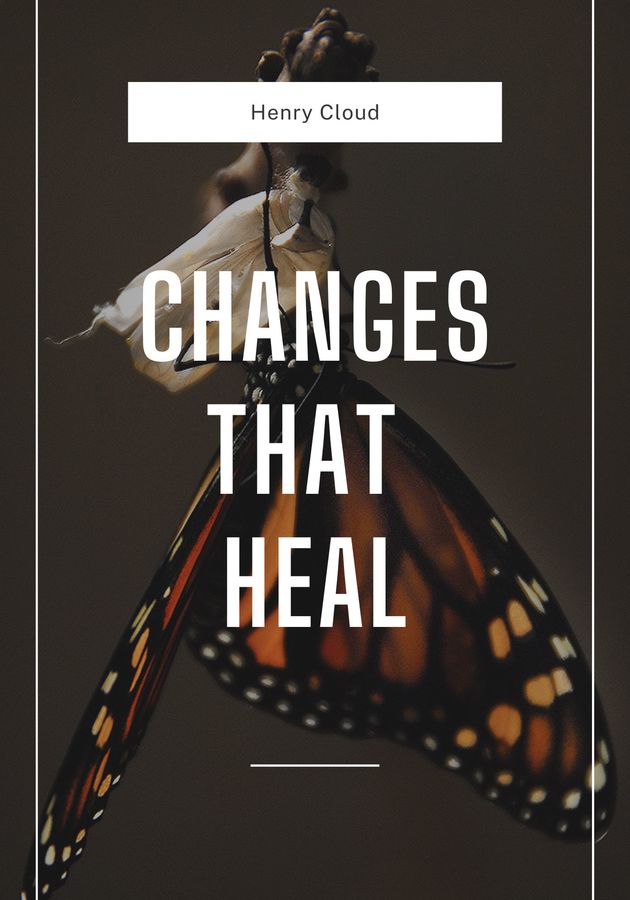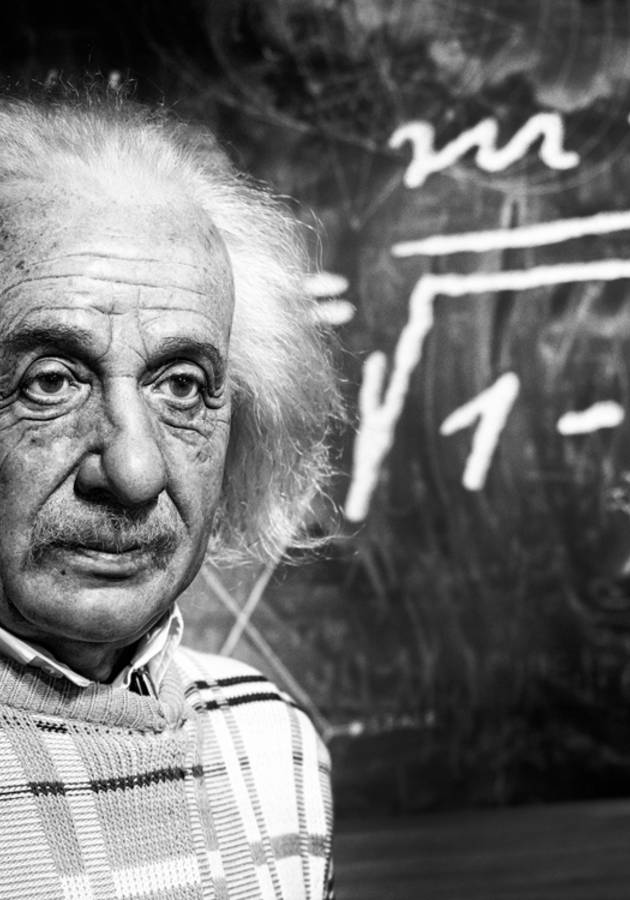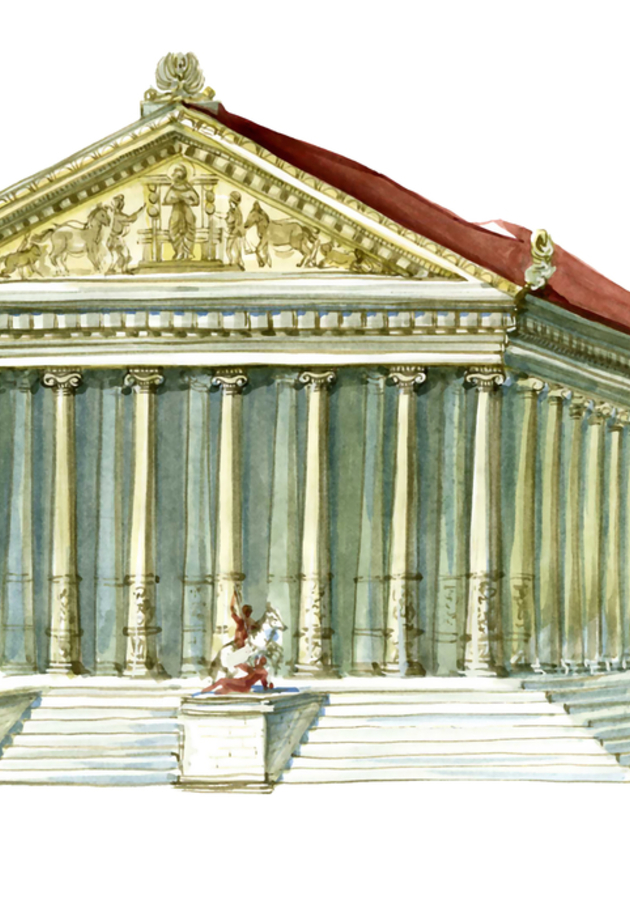Published in the year the iconic (and eerily similar) documentary classic “Hoop Dreams” was released, “The Last Shot” is still the only book ever written by New York Times Magazine contributor Darcy Frey. Regretfully, we might add, since it is inarguably one of the best books on basketball ever written. Just like “Hoop Dreams,” it follows a few promising, underprivileged ballplayers on their journey to stardom – or absolute and despairing anonymity. Get ready to find out who they are, where they came from and where they wound up in the end!
The decline and fall of Coney Island
During the first half of the 20th century, Coney Island was an immigrant haven, a seaside resort, and the largest entertainment zone in the United States, home to a number of amusement parks visited by millions of people every year. “Nowhere else in the United States will you see so many races mingle in a common purpose for a common good,” wrote a local historian before the Second World War. “Democracy meets here and has its first interim skin to skin.”
In the late 1950s, however, the area started to transform. The amusement park rides declined in popularity after the war and, following years of neglect, several structures were razed to the ground. Moreover, in an attempt to provide affordable housing for underprivileged black families from other New York neighborhoods, city officials started bulldozing “block after block of multifamily homes.” In their place, in the name of “urban renewal,” the city erected a 30-square-block area of high-rise apartment buildings, reserved exclusively for forcefully relocated poor black families from other New York neighborhoods.
“During the urban-renewal years,” writes Frey, “Coney Island became a dumping ground, the terminus of forced migrations for hundreds of black families who were pushed to the sea.” The postwar experiment of public housing may have succeeded in isolating “the impoverished and predominantly black tenants from the hearts of the cities” throughout the entire United States, but in Coney Island, because of its utter remoteness, it created a world of its own which today feels like the backdrop for a postapocalyptic movie. On this peninsula, Frey goes on, at the southern tip of Brooklyn, “there are almost no stores, no trees, no police; nothing, in fact, but block after block of gray-cement projects – hulking, prisonlike, and jutting straight into the sea.”
Drugs, knives and basketball
It doesn’t take a genius to surmise that in a desolate community such as Coney Island, drugs and violence rule the day. In fact, most summer nights, “the streets fall prey to the gangs and drug dealers,” and the “sounds of sirens and gunfire” fill the night with ominous thoughts and terrors. For a young man raised in Brooklyn’s wastelands, drug dealing is one of only two career paths out of poverty. The other one is a basketball scholarship to college.
Consequently, the basketball courts hidden behind the projects are regularly filled with talented boys, teenagers and aging players. One of the courts – endearingly dubbed the “Garden,” after the New York Knicks’ arena – boasts regulation-height rims and night lights. It is the place where Coney Island’s best players practice “a disciplined, team-driven style of basketball.” It is also a cherished sanctuary in the midst of drug marts. “Even the dealers and hoodlums refrain from vandalizing the Garden,” writes Frey, “because in Coney Island the possibility of transcendence through basketball – in this case, an athletic scholarship to a four-year Division I college – is an article of faith.”
The school to which Coney Island “has always entrusted its finest talents, where a player is supposed to get his best shot at escaping the neighborhood” is Abraham Lincoln High School. Built during the Great Depression, the school was once considered “a jewel in the Board of Education’s crown,” boasting such alumni as Joseph Heller, Arthur Miller, and three Nobel laureates in physics. In 1991, however – the year Frey frequented it while following four of its students – a handgun was found in the locker of a student and another one received a neck wound requiring 40 stitches, prompting even some of the most peaceful kids at the school to start carrying X-Acto knives for protection.
Blame it on the socioeconomic conditions, not on the otherwise dedicated faculty members. After all, as one local freelance coach going by the nom de court of Disco Dave told Frey at one point, “Lincoln didn’t make Coney Island. Coney Island made Lincoln.” It also made the minds of many young, innocent boys. “The Last Shot” is a story about four of them: talented freshman Stephon Marbury and three seniors: Tchaka (ti-CHA-kah) Shipp, Corey Johnson and, for legal reasons, Russell Thomas (Darryle Flicking in real life). Let’s sail back to 1991 and meet them all in person.
The chosen ones
Not yet 17 and already six foot seven, the enthusiastic and goofy Tchaka Shipp is “a majestic-looking kid, with high cheekbones and a long sloping forehead that lend him an Egyptian aspect.” He has talent, God-given physical attributes, and the privilege of living far from Coney, in the more working-class environs of Jamaica, Queens. He has also already passed his SATs and has been invited to the Nike camp – an all-expenses-paid, invitation-only summer camp attended by every top Division I college coach in America.
The second youngest of eight children, Corey Johnson comes from one of the few stable, intact families in Coney Island. He is both handsome and, despite his low grades, quite gifted. In addition to basketball, he is interested in poetry, rapping, singing, dancing, and many other kinds of “free-associative stuff.” In fact, rather than striving to become a future rookie of the year, he dreams of becoming a bestselling writer or a respected artist.
Standing at six foot two, Russell Thomas is a gifted guard and a dedicated student, spending hours practicing his fundamentals and perfecting his game, while also skipping lunch to do his homework. Thomas has the highest GPA on the Lincoln varsity team and regularly carries around a set of vocabulary flash cards in preparation for the SATs. Just like Johnson, he’s not training for a basketball career, but for a scholarship to help him get out of Coney. “Maybe I might make the NBA like Tchaka,” he says at one point to Frey. “But to be honest with you, I’m using basketball to go to a four-year school. What I really want is to graduate from college, start me a nice little family, and get me a nice little job as a registered nurse.”
Finally, there’s Stephon Marbury, “the future of the neighborhood” in the words of his cousin, Corey Johnson. “Caught somewhere between puberty and superstardom,” Marbury is widely considered among the Garden players “the most gifted young New York City guard since Kenny Anderson.” Though merely 14, he has already received quite a few letters of interest and heaps of free gear from numerous coaches – in complete violation of NCAA rules, by the way. He’s exceptional; and he plays like he knows it.
Immoral recruiting strategies
Just like half a million high school basketball players every year, Shipp, Johnson, Thomas and Marbury dream of “making it.” Unfortunately, the odds are stacked against them: only 5,000 – or, no more than 1% – actually win a Division I scholarship. The first step toward it is the Nike All-American summer camp, where Frey follows Shipp to witness the dynamics of college recruitment.
“There are scores of basketball camps across the country competing for the top high school talent,” explains Frey, “but Nike is one of the only invitational, tuition-free camps. A committee of professional scouts selects 120 players – 24 at each position – and groups them into 12 teams, so that every game throughout the week becomes an All-Star spectacle.” The audience, of course, are drooling college coaches, most of whom are interested in what the players can offer them, and very few of whom bother with what they can offer to these players.
Consequently, even though high school prospects are told to “just go out there and have fun,” most of them know that if they don’t play well during Nike week, they will probably throw away their shot at making it in the NBA. For Shipp and boys like him, the stakes are even higher, because failing to win a basketball scholarship is tantamount to failing in life when you’re raised in the Projects. “If I don’t play well this week,” he tells Frey as soon as their plane reaches Indianapolis, “I’ll end up at junior college in Iowa.”
The worst part is that the coaches know this, so many of them manipulate the players by acting all fatherly or promising them the brightest of all possible futures. For example, Shipp was told by one coach that he was interested exclusively in him at his position; but he told the same thing to several other players as well. Another coach promised to be a family for some of the players, only to move thousands of miles away after the end of the recruiting process. Meanwhile, back in Coney, a third coach assured Russell Thomas he would make him a franchise player at Cal-Irvine, but as soon as the boy made up his mind to sign with the college, he backed off the deal.
Proposition 48
There’s another, bigger problem than the immorality of the recruiting process, and it’s called Proposition 48. Instituted by the NCAA, the proposition requires student-athletes to meet certain academic requirements to be eligible to play Division I sports. For basketball players in 1991, it meant scoring a minimum of 700 on the SATs. The SAT, of course, didn’t care about Corey Johnson’s writing skills or Russell Thomas’ dream of becoming a nurse. It cared even less about the socioeconomic background of Project boys such as them or the fact that – in the words of Johnson – “Coney Island is like a disease of the mind. It makes you lazy. You relax too much. ‘Cause all you ever see is other guys relaxing.”
Unsurprisingly, of the 120 high schoolers chosen for the Nike All-American camp in 1991, 97 couldn’t even read well. Although each and every one of them had the potential to play at one of the nation’s top college programs, very few knew how to use a library, take lecture notes or write a research paper. And no matter how much you try, these aren’t things you can fix when you’re 17 years old.
Russell Thomas understood this better than most. No matter how much he tried in his high school years, he couldn’t “compensate for an entire childhood’s worth of bad schooling” and reach the 700 SAT threshold. Bear in mind that he was the exception. One of his teachers even described him as “the hardest worker she has had during her 30-year tenure at Lincoln.” Unfortunately, his fortune never progressed to become a proper reflection of his efforts. Not one bit.
A heartbreaking epilogue
Because Thomas couldn’t achieve the 700 SAT score, Philadelphia’s Temple University withdrew its scholarship offer and he ended up at a junior college near Los Angeles. An electrifying scorer, he broke many records while there, but eventually lost his way, became homeless and was killed by an Amtrak train in 1999 at the early age of 26. Many of his friends still believe the incident was intentional, not the least because it followed years of depression and previous suicide attempts.
Corey Johnson too fell short of a 700 on his SATs (by only 10 points!) and he ended up at a junior college in Texas. In his second semester, he became a father, failed several classes and lost his eligibility. He did some modeling afterward, before joining his father’s plumbing business. To this day, he has never stopped exploring his creative side, and is mostly dabbling in photography in his free time.
Shipp spent two years playing for the Seton Hall Pirates, averaging only 3 points and 3 rebounds in 13 minutes per game. By the time a car accident cut his once-promising career short, he had already become disillusioned with college sports and even the game of basketball altogether. He abandoned the sport and moved to Las Vegas to live with his fiancée. That’s where Frey found him in 2004, doing electrical work for $8.50 an hour. He now lives in Houston, alone, and works as a UPS package handler in the mornings and as a high school English teacher in the afternoons.
Stephon Marbury, the pride of Coney Island, passed his SATs, was selected fourth overall in the ultra-talented 1996 NBA draft, and became an NBA All-Star. He made it. The only one who did.
Final notes
Simultaneously sobering, heartbreaking, and triumphant, “The Last Shot” is a timeless book, possibly the best one on basketball ever written. As Bill Simmons says, “if you haven't seen ‘Hoop Dreams’ or read ‘The Last Shot’ by Darcy Frey, you can't consider yourself a true basketball fan.” And indeed, you can’t.
12min tip
To quote the opening line of “The Great Gatsby,” “whenever you feel like criticizing anyone, just remember that all the people in this world haven't had the advantages that you've had.”





























